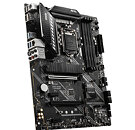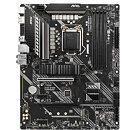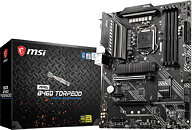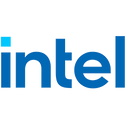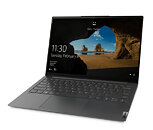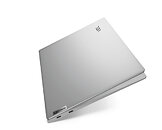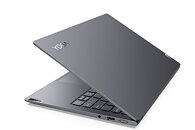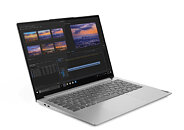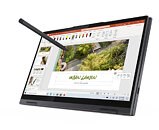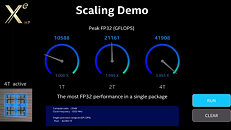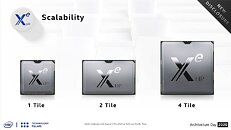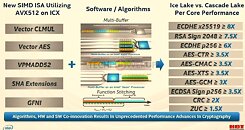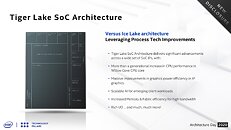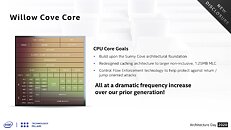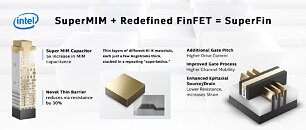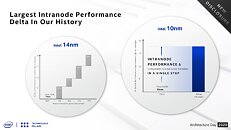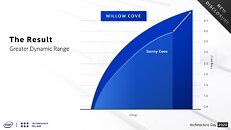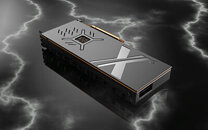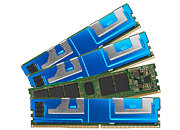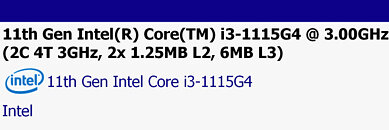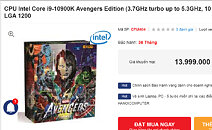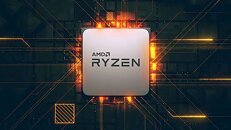
MSI Rolls Out the MAG B460 Torpedo Motherboard
MSI today rolled out the MAG B460 Torpedo, a Socket LGA1200 motherboard based on the Intel B460 chipset. This marks the debut of the new "Torpedo" brand extension that's part of the MSI Arsenal Gaming (MAG) product family, positioned a notch below the MAG Tomahawk. MSI has been giving the Tomahawk extension value additions over the past few generations, pushing its typical pricing up, along with features such as dual Ethernet, rear I/O shroud, etc. The MAG B460 Torpedo keeps things simple within the ATX form-factor. The board draws power from a combination of 24-pin ATX and 8-pin EPS power connectors, and uses a 13-phase VRM to power the CPU. The VRM heatsinks appear slightly smaller than the ones on the MAG B460 Tomahawk. The tiny heatsink over the PCH is hard to miss, too.
Expansion slots on the MSI MAG B460 Torpedo include one PCI-Express 3.0 x16 reinforced slot wired to the CPU, a PCI-Express 3.0 x16 (electrical x4) slot wired to the B460 PCH, and two other PCIe x1 slots. Storage connectivity includes two M.2 NVMe slots, both PCI-Express 3.0 x4 wiring, one of which includes a heatsink; and six SATA 6 Gbps ports. Networking features one 2.5 GbE interface driven by a Realtek 8125B controller. The onboard audio solution uses a Realtek ALC1200 codec with audio grade capacitors, 8-channel jacks, and headphones amp. As part of the CoreBoost feature set, you get to eke out more performance from your non-K 10th Gen Core processors by relaxing power limits. MSI is pricing the MAG B460 Torpedo at USD $109.99, about $30 cheaper than the Tomahawk.
Expansion slots on the MSI MAG B460 Torpedo include one PCI-Express 3.0 x16 reinforced slot wired to the CPU, a PCI-Express 3.0 x16 (electrical x4) slot wired to the B460 PCH, and two other PCIe x1 slots. Storage connectivity includes two M.2 NVMe slots, both PCI-Express 3.0 x4 wiring, one of which includes a heatsink; and six SATA 6 Gbps ports. Networking features one 2.5 GbE interface driven by a Realtek 8125B controller. The onboard audio solution uses a Realtek ALC1200 codec with audio grade capacitors, 8-channel jacks, and headphones amp. As part of the CoreBoost feature set, you get to eke out more performance from your non-K 10th Gen Core processors by relaxing power limits. MSI is pricing the MAG B460 Torpedo at USD $109.99, about $30 cheaper than the Tomahawk.
